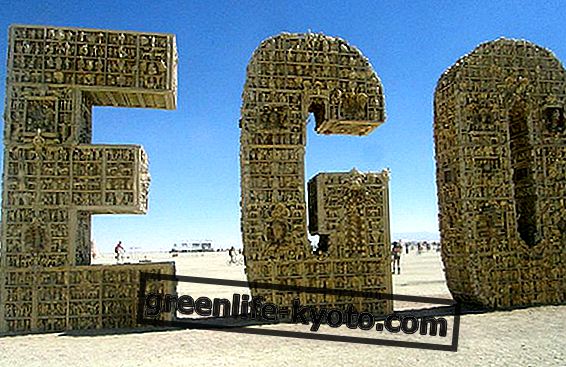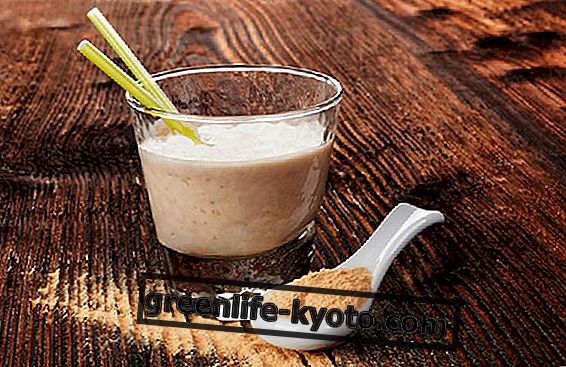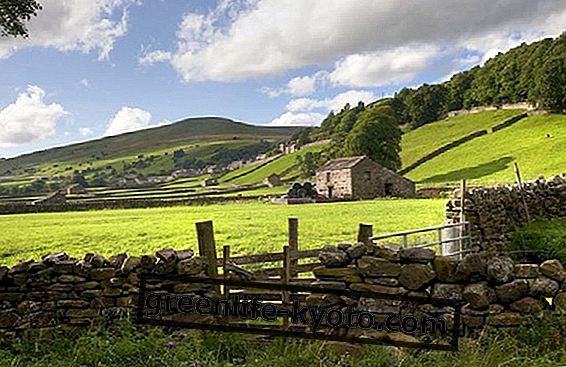
If you say well-being, include the concept of balance at the table and season with a little olive oil, so the water goes to the throat and the brain rises to the idea of the kitchen among the kitchens: the Mediterranean diet. Let's go back over the history to the present day, now that the diet has become a UNESCO heritage site .
History of the Mediterranean diet
We proceed in order, starting from some fundamental name, for example: Lorenzo Piroddi (1911-1999). This was the name of the father of the Mediterranean diet, and to him we owe the two fundamental books Cucina Mediterranea. Ingredients, dietary principles and salt-flavored recipes and the text with the evocative title Sapore di sole. A doctor, a writer, a man of science and literature, Piroddi, after years devoted to study and research on nutrition, opened a center in Ghiffa, on Lake Maggiore, in 1950 where people are treated through nutrition and, in the specific, following the dictates of the Mediterranean diet, together with the administration of specific herbal teas.
The diet, the legitimate "daughter" of Piroddi, over time has had other illustrious "adoptive fathers" such as, for example, Ancel Keys, an American doctor and physiologist who studied the Mediterranean diet together with the practice of fasting during the Second World War and concentrated on the relationship between energy intake, energy expenditure and resting metabolic rate.
The UNESCO World Heritage Mediterranean diet
11 years after the death of its creator, the Mediterranean diet has become a world heritage site, like flamenco and ginger biscuit from Croatia. UNESCO has in fact accepted the proposal presented in 2009 by the then mayor of the municipality of Pollica, Angelo Vassallo . The prestigious recognition places the Mediterranean diet among the 704 cultural assets and the 180 natural ones among those protected by UNESCO.
An important goal for a diet that is not just a set of foods, but a philosophy of feeling good at the table and therefore in life. A wise queen, our diet, which follows the cycle of the seasons, is linked to territorial realities, prefers short supply chains, farmers with dedication and love and fair price. The Mediterranean diet is a nutritional model based on the consumption of fresh products, fruits, vegetables, legumes, fish, pasta, oil and foods that must not remain in the fridge for too long (this means that they are not full of preservatives).
From Treviso radicchio to nocerino onion, the Mediterranean diet is a heritage that we, as well as UNESCO, must protect first.













